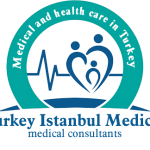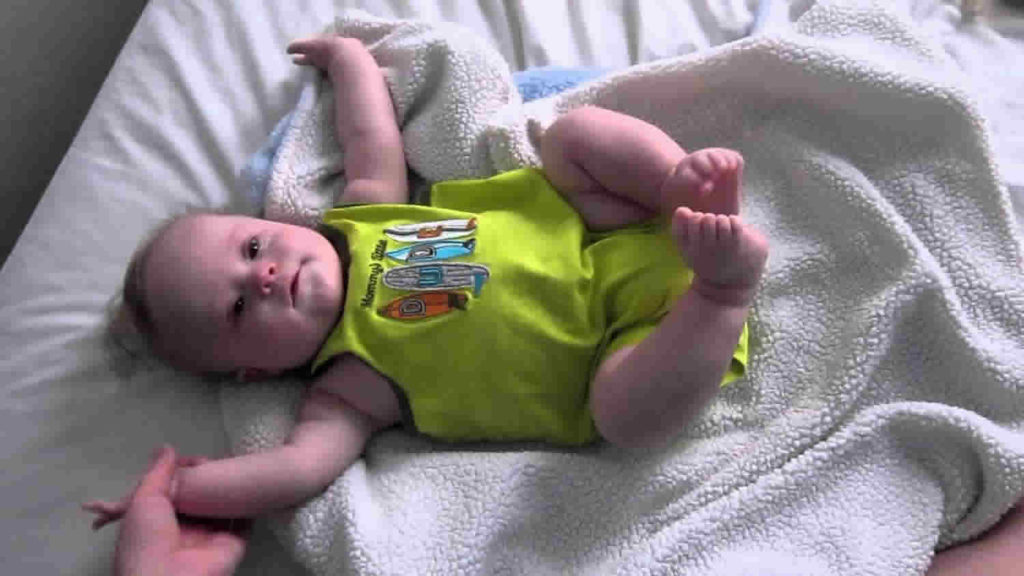Ohtahara Syndrome
Ohtahara syndrome, This disease, which is one of the severe epileptic encephalopathy in newborns, was first described by Ohtahara in 1976.
It is also known as Early Infantile Epileptic Encephalopathy. It occurs in the first 3 months of infancy.
However, since it usually starts at 0-1 month, which is the neonatal period, it is considered within the epilepsy syndromes of that period.
How Can Be Detected?
The disease begins with successive tonic contractions in the baby’s first trimester. These tonic contractions are observed as flexor or extensor movements lasting 1-10 seconds.
The number of seizures per day of these contractions can exceed 100. It may progress as focal clonic seizures in one third of the cases.
Intense high-voltage multifocal spike-waves lasting 2-6 seconds in electroencephalography are detected by voltage suppression (Börst-Suppression) for 3-5 seconds.
What Causes Ohtahara Syndrome?
Although the exact cause is not known, it is thought to occur probably due to malformations, metabolic disorders and some gene mutations. In most of the patients, the effects of Ohtahara Syndrome can be observed in all or some lobes of the brain.
The effects on brain function vary depending on how gene mutations affect brain development or function.
What Diseases Can It Be Associated With?
A number of diseases, such as Aicardi syndrome, Oliver Dentat dysplasia, Hemimegancephaly, porencephaly, mamilar body agenesis, cerebral dysgenesis and cortical dysplasias, have been associated as diseases that occur in infants after Ohtahara Syndrome.
Is There a Cure for Ohtahara Syndrome?
Seizures in Ohtahara syndrome are resistant to treatment. The response to ACTH, valproic acid, corticosteroids, benzodiazepines and high-dose pyridoxal phosphate used in the treatment of the disease is very limited. The effect of the ketogenic diet is controversial.
Continue
Especially in cases with cortical dysplasia, epilepsy treatment can reduce the number of seizures and positively supports the psychomotor development of the baby.
With increasing age, seizures become typical infantile spasms; EEG findings turn into hypsarrhythmia.
What Do Children with Ohtahara Syndrome Look Like?
Children with Ohtahara syndrome often have other spasms as well. For this reason, most of the children die before they reach the age of 2. These children become physically and mentally handicapped.

